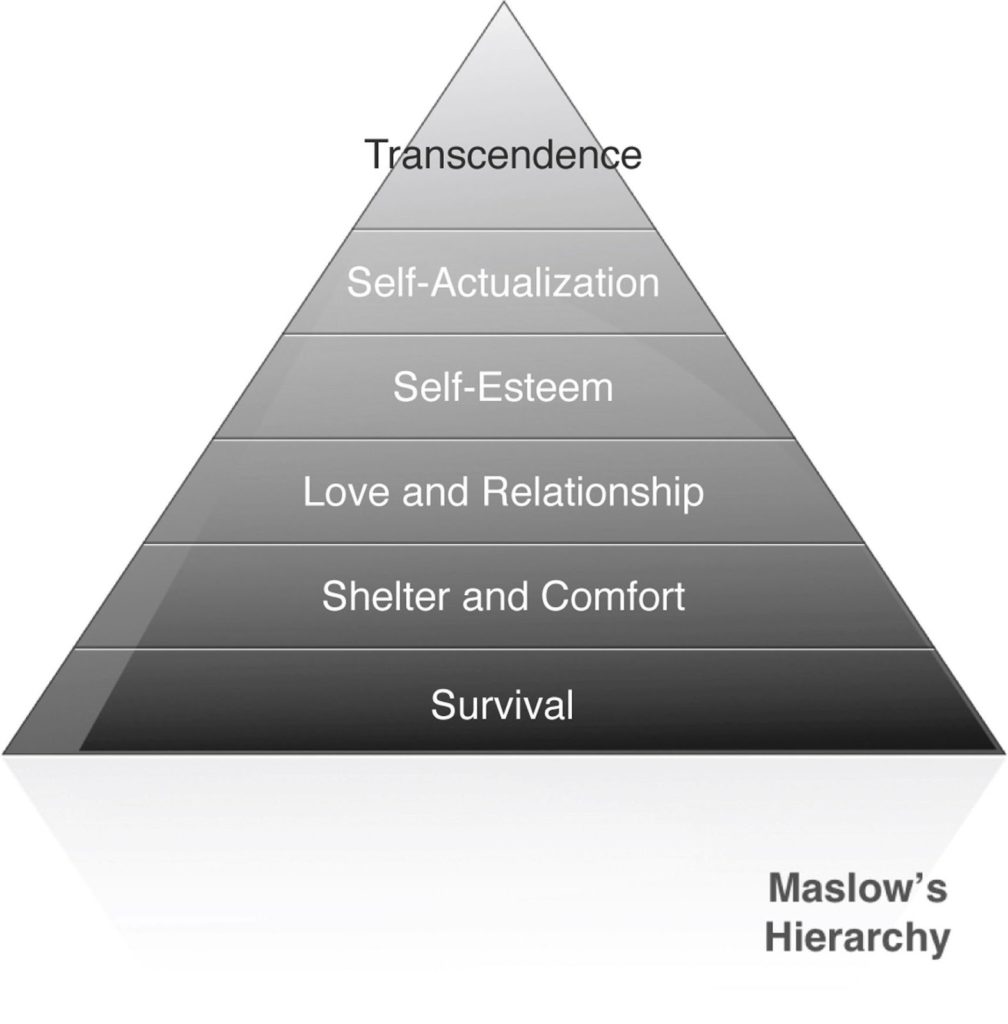
Excerpted from Inspiring Leadership for Uncertain Times by Karlin Sloan:
Think about your work environment.
Is it a place where people are concerned for their jobs? Are they uncomfortable with or distrustful of feedback? Is there a consistent background state of anxiety? OR, is it a place you are excited to go to, where new ideas are cultivated, where there is a sense of possibility and promise, and where you are unafraid to express yourself, to ask questions, or to come up with new ways of working?
Most of our organizations are a bit of both. During times of stress and challenge—and dare I say future shock—they can shift quickly toward fear based behavior and decisions. Fight, flight, and freeze are the hard-wired responses to fear that stop us from making good decisions and acting from the best part of ourselves. They are also what get organizations into trouble.
Remember, Alignment is confidence in our ability to create a positive outcome no matter what the circumstance, and it means getting ourselves out of survival mode.
 You may remember from your Psychology 101 class the idea of Abraham Maslow’s hierarchy of needs. It’s pretty simple: The hierarchy starts at the bottom with survival. If we don’t have food, water and our other physical survival needs met, that becomes our complete focus.
You may remember from your Psychology 101 class the idea of Abraham Maslow’s hierarchy of needs. It’s pretty simple: The hierarchy starts at the bottom with survival. If we don’t have food, water and our other physical survival needs met, that becomes our complete focus.
As we move up the ladder, and we have shelter covered, we get to more sophisticated needs. We move to getting our emotional needs met through love and connection to others. Beyond that, we have the basic human need for respect—from others and from ourselves (self-esteem). At the top of the pyramid are two more areas. One is self-actualization. This is described by Maslow’s student, Dr. Wayne Dyer, as “to be free of the good opinion of others” and “to do things not simply for the outcomes but because it’s the reason you are here on earth”. Self-actualization is the point at which we connect to purpose and meaning beyond our own physical and emotional needs.
The final category was created at the end of Maslow’s life, and that category is one he felt had been missing: transcendence. When we transcend, we give back to the world without the need for our own gain.
Why is this model useful when we look to create Alignment in our organizations? Because so many of us revert to survival-level behaviors in the face of fear, even when, in the moment, those needs are covered. When we are worried about survival, we don’t have the capacity to align with higher-level behaviors like searching for meaning, giving to others, and contributing our gifts and talents in a positive way. Instead, we become self-focused and fearful.
To create Alignment, leaders need to help move people up the ladder from the basics to the very top.